Top 4 Must-Knows Before Building Your Backyard Greenhouse
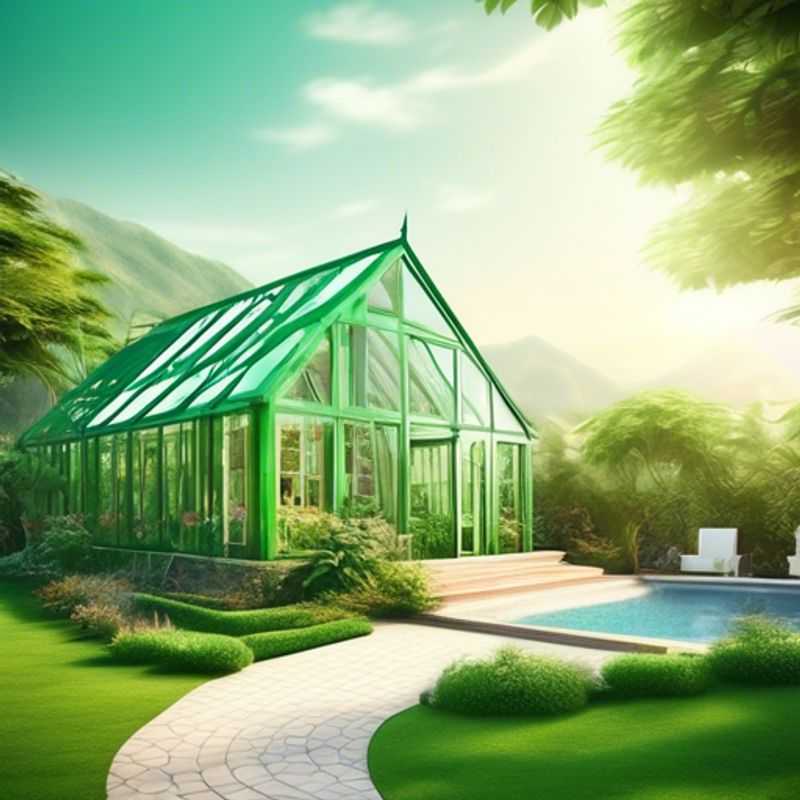
Top 4 Things to Know Before Buying a Greenhouse for Your Backyard: Size, Location, Maintenance, and Permits
Ah, the allure of a backyard greenhouse! It's a wonderful way to extend your gardening season, nurture delicate plants, and perhaps even cultivate some exotic specimens. But before you jump headfirst into this delightful project, there are a few crucial considerations to ensure your greenhouse journey is as smooth as a perfectly tilled garden bed.
1. Size Matters:
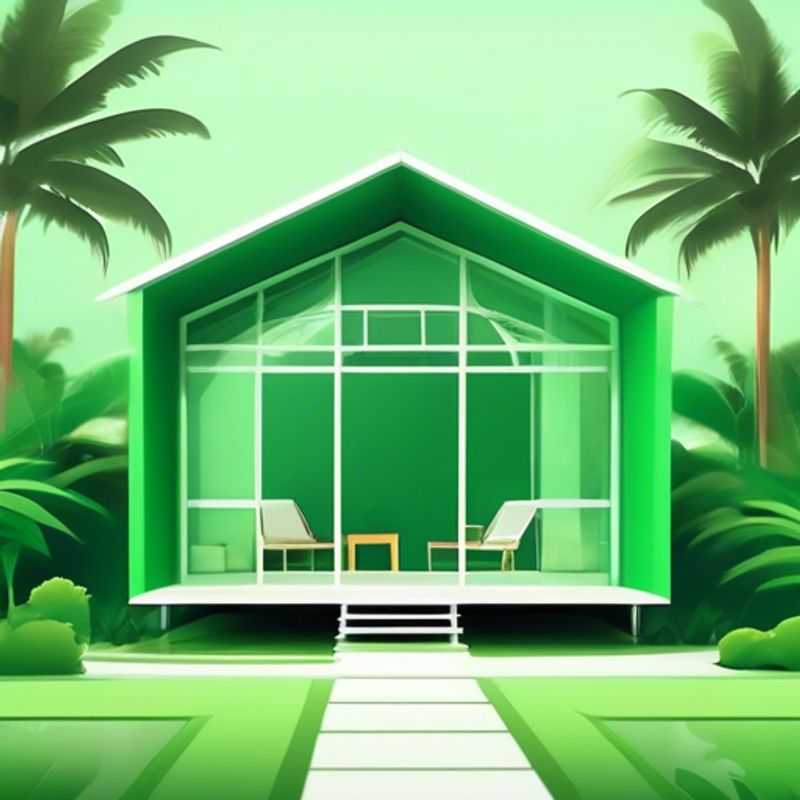
Greenhouse Sizing: Finding the Perfect Fit for Your Garden Dreams
Choosing the right greenhouse size is critical for successful gardening. It's essential to consider your available space and gardening needs.
First, measure your available outdoor space. Factor in any existing structures, pathways, and your desired location for the greenhouse.
Next, consider the types of plants you intend to grow. Different plants require varying amounts of space, and some may need specific conditions like temperature or humidity.
Think about your budget. Greenhouse prices vary significantly based on size, materials, and features. You might need to consider additional costs such as foundation, heating, and ventilation.
Finally, consider your personal needs. Will you be using the greenhouse primarily for growing food or for hobby gardening? How much time are you willing to dedicate to maintenance and upkeep?
By thoughtfully considering these factors, you can choose a greenhouse size that suits your space, budget, and gardening goals.
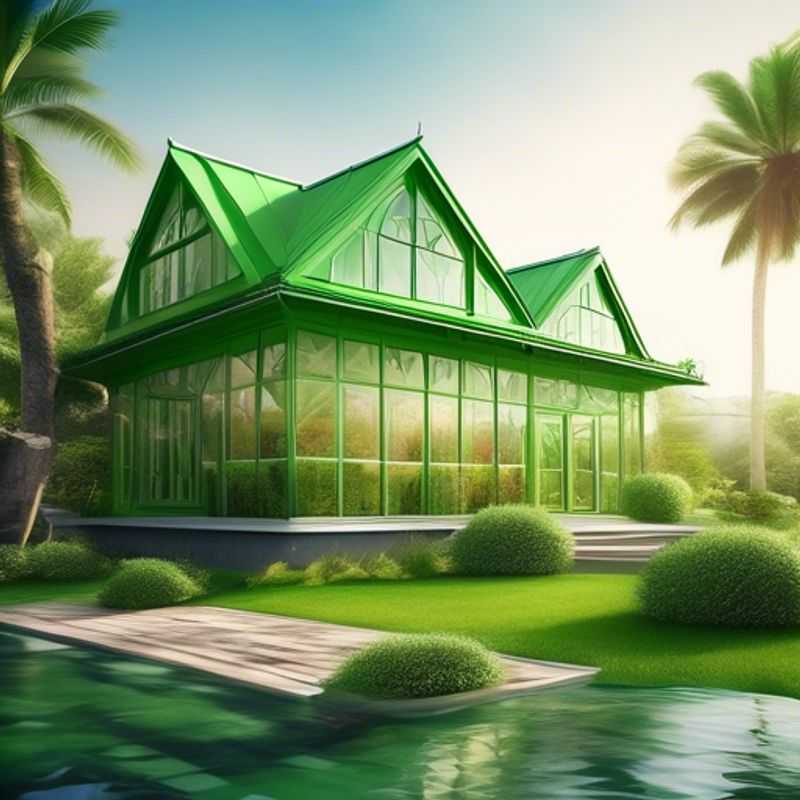
Sunlight Optimization: Finding the Sweet Spot for Your Home
Maximizing sunlight exposure is crucial for various reasons, including energy efficiency, plant growth, and even mood. Here are some essential tips to determine the best location for maximum sunlight:
Compass Direction: South-facing locations in the Northern Hemisphere and North-facing locations in the Southern Hemisphere receive the most direct sunlight throughout the day.
Obstacles: Consider any obstructions that might block sunlight, such as trees, buildings, or hills.
Seasonal Considerations: Remember that the sun's path changes throughout the year, so consider how sunlight will hit the location during different seasons.
Solar Angles: Utilize online tools or apps that calculate solar angles for specific locations. These tools can help you visualize the sun's path and optimize placement.
Professional Consultation: For complex projects involving solar panels or greenhouses, consider consulting with a solar energy expert or a landscape architect. They can provide personalized recommendations and help you optimize your location for maximum sunlight exposure.
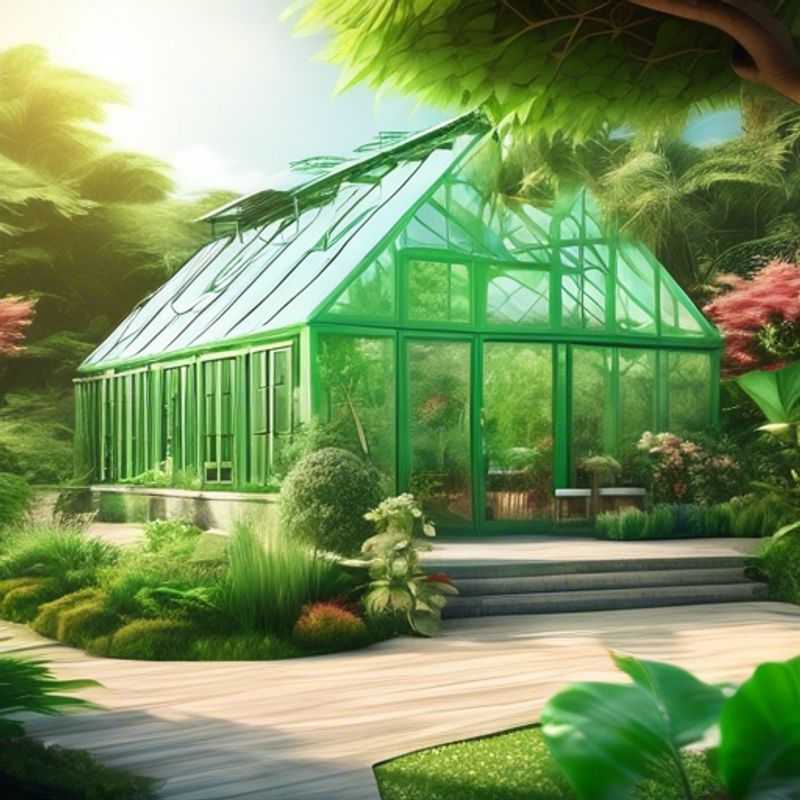
Understanding Your System's Needs: Ventilation and Temperature Control
Maintaining optimal operating conditions for your equipment is crucial for ensuring its longevity and reliable performance. Two critical aspects to consider are ventilation and temperature control. Proper ventilation ensures adequate airflow to dissipate heat generated by electronic components, preventing overheating and potential damage. Temperature control involves maintaining a stable environment within specified ranges, often requiring cooling systems like fans or air conditioners.
Regular maintenance, including cleaning air filters, inspecting ventilation systems, and monitoring temperature gauges, is essential.
Professional maintenance services might be required to address complex issues or ensure compliance with safety regulations. These services can involve inspections, repairs, and preventative measures.
It's important to consult the manufacturer's recommendations for specific ventilation and temperature requirements for your equipment. This information can be found in user manuals or on the manufacturer's website.
Monitoring temperature and ventilation conditions using sensors or monitoring systems can provide valuable insights into potential issues and enable timely intervention.
By implementing these practices, you can proactively manage the maintenance requirements related to ventilation and temperature control, ensuring the optimal performance and longevity of your equipment.
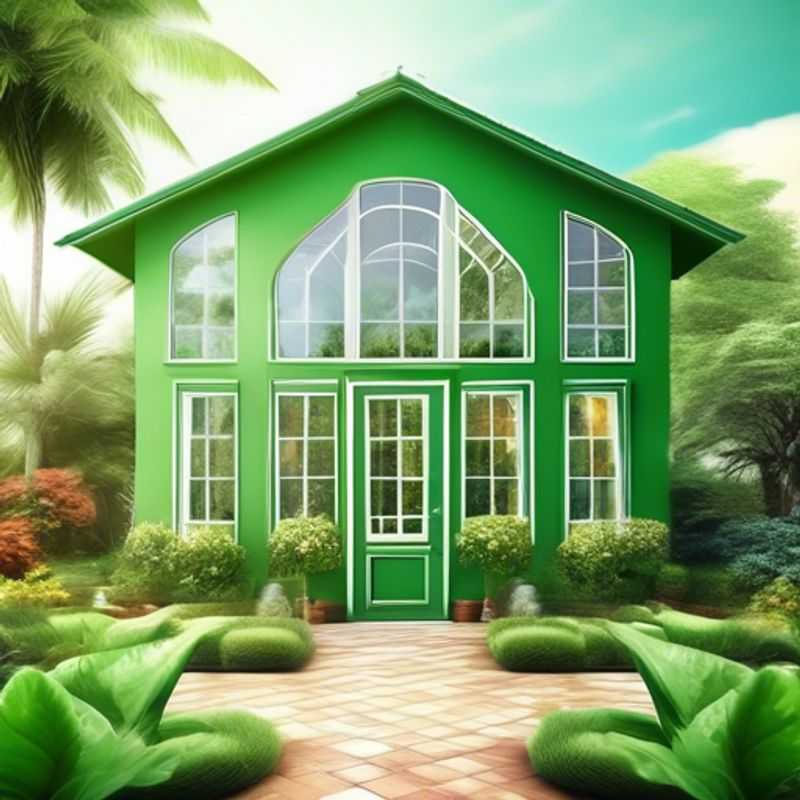
Building Code Savvy: Get Your Permits Before You Start
Before you start any construction or renovation project, it's crucial to understand and comply with local building codes. These codes are regulations that ensure the safety, structural integrity, and functionality of buildings.
You can find your local building codes online or by contacting your city or county government's building department. The building department will also be the place to apply for the necessary permits for your project. Permits are generally required for projects like:
Adding or removing walls,
Installing new plumbing or electrical fixtures,
Building decks, fences, or additions.
The permit application process will usually involve submitting plans and specifications for your project, and you may have to pay a fee. The building department will review your plans and issue a permit once they are approved.
It's essential to obtain all necessary permits before starting your project. Building without a permit can lead to hefty fines and even the forced demolition of your project.
Obtaining the necessary permits can be a little bit of a bureaucratic process, but it's worth the time and effort to ensure that your project meets all safety and code requirements.
